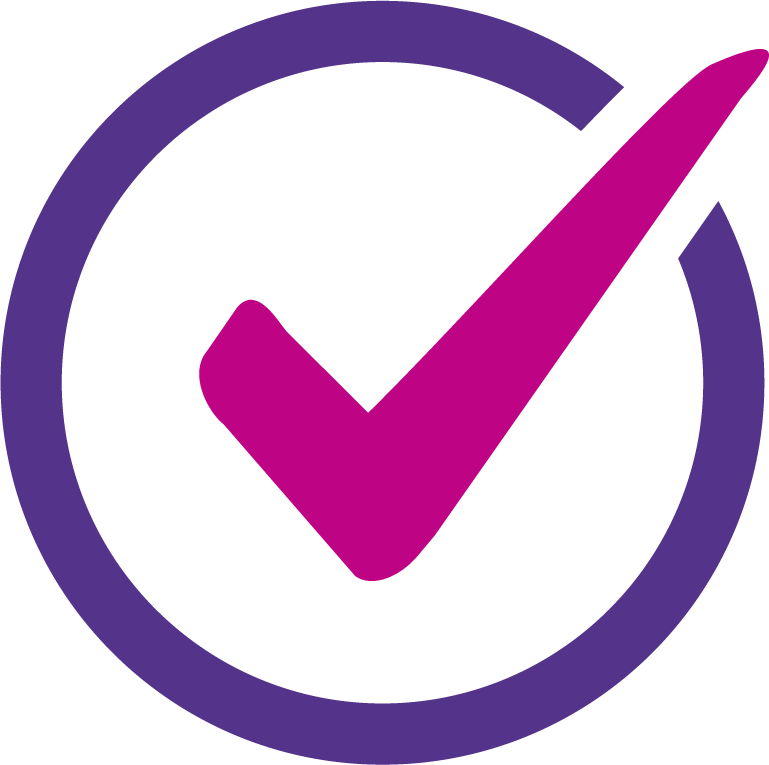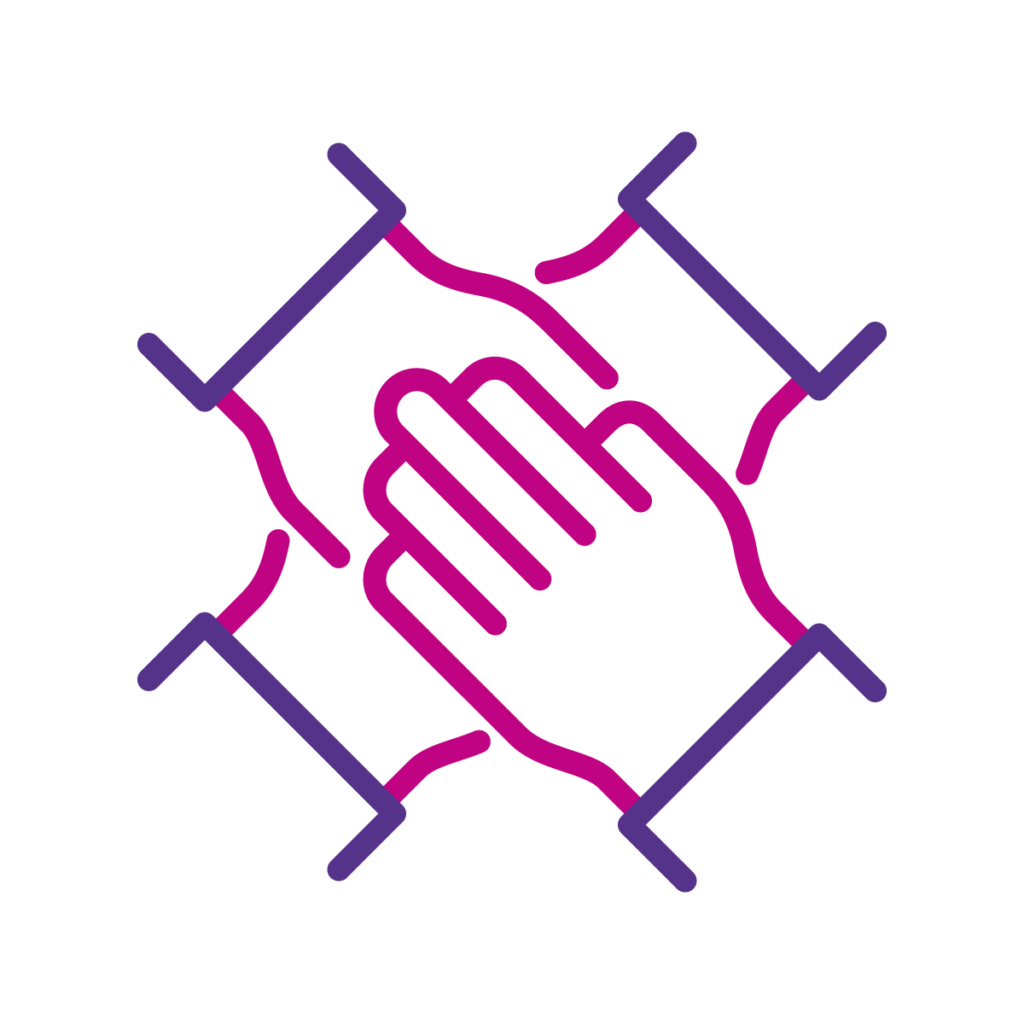How to Buy a Sales Outsourcing Solution
Estimated reading time: 4 minutes
There comes a moment in many growth journeys when doing more with the same internal sales resources isn’t enough. Perhaps you’re expanding into new markets, facing slower ramp times, or seeing diminishing returns from current sales outreach. At this point, many leaders begin exploring how to buy a sales outsourcing solution that can deliver speed, scale, and expertise.
Still, choosing the wrong partner can lead to misaligned expectations, wasted budgets, and lost momentum. That’s what the guide How to Buy a Sales Outsourcing Solution is built to prevent. In this article, I’ll share some of the thoughts you’ll find in the handbook to help you think clearly before deciding.
Starting with clarity
Before engaging any provider, the first step is internal alignment. What is your goal? What exactly is being outsourced? And how will you know when it’s working?
The organisations that succeed fastest are those that define, early on:
- What counts as success (meetings? qualified pipeline? revenue influence).
- Who the target buyers are (industry, company size, roles).
- What budget, internal ownership, and risk model do they feel comfortable with?
Without that clarity, even the most capable partner will struggle to deliver what matters most. Clarity is the foundation for making smart decisions about buying a sales outsourcing solution.
What to look for beyond surface promises
Sales outsourcing providers often present attractive capabilities: experience, automation, speed. What matters more is what lies behind those promises.
From our work, five dimensions consistently separate strong, lasting partners from those that don’t measure up:
- Expertise & track record – not just in outbound or SDR models, but in your sector.
- Process & methodology – how they research, qualify, follow up, and integrate with your sales cycle.
- Technology & tools – whether they use modern data, automation, and intelligence well, or just layer tech over flawed processes.
- Culture & brand alignment – your outsourced team represents you. Their tone, approach, and behaviours should reflect your values.
- Flexibility & scalability – the ability to scale up or down as your priorities shift, and a willingness to test through pilots.
Keeping these pillars front of mind gives you a structured framework for choosing a sales outsourcing partner instead of relying on instinct or the slickest presentation.
Why onboarding often makes or breaks success
Even with the right provider, early weeks can determine whether you build momentum or lose it.
Make sure they have a defined onboarding process that includes:
- Alignment on roles and responsibilities.
- Transfer of knowledge – value propositions, personas, messaging, objection handling.
- Early integration of systems and reporting dashboards.
- Regular feedback loops that enable real adjustments, not just status updates.
When onboarding is rushed or treated lightly, performance gaps emerge quickly. A structured start, on the other hand, accelerates results and builds trust. That’s why a clear onboarding plan should always be on your radar when you’re assessing your possible sales partners.

Partnerships, not contracts
Outsourcing shouldn’t be seen as a procurement line item. The best results come when the relationship is treated as a partnership – open, collaborative, and evolving with your strategy.
The most effective providers are those who become an extension of your team: representing your brand in-market, sharing insights, and proactively suggesting improvements. Over time, cultural alignment and collaboration become just as important as activity metrics.
This is especially important for enterprise organisations, where brand integrity and customer experience carry as much weight as pipeline numbers. A good partner recognises that outsourcing sales development is about outcomes, not just outputs.

Why now is the right time to rethink resourcing
Enterprise sales has become significantly more complex. Research by McKinsey shows that today’s B2B buyers engage across 10 or more channels, expect personalised outreach, and involve larger buying groups in each decision.
For sales and marketing leaders, that complexity increases pressure on teams, lengthens deal cycles, and raises the cost of generating qualified opportunities. It’s one of the reasons more organisations are exploring outsourcing sales development – not as a quick fix, but as a way to bring in expertise, speed, and scalability.

Final thoughts…
Outsourcing sales development isn’t the right choice for every business. But when it’s aligned with clear goals, evaluated on the right dimensions, and managed as a partnership, it can unlock growth that internal teams alone can’t sustain.
If you’re considering it, use the frameworks in the guide to steer your conversations, spot potential red flags, and set your provider up for success. Understanding how to buy a sales outsourcing solution the right way could be one of the most impactful decisions you make this year.